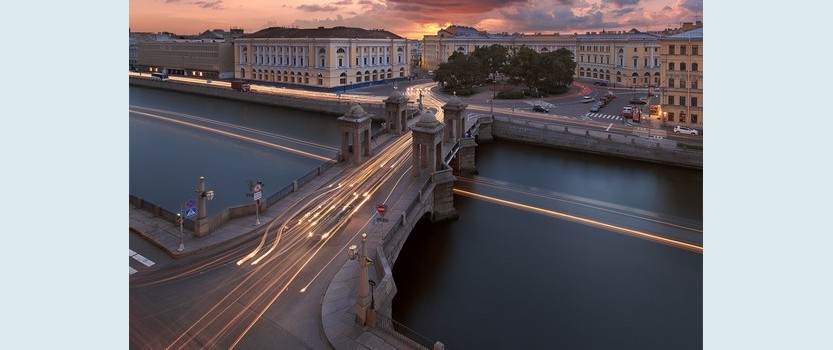
Foundry Bridge was named thanks to the cast house, located in one of the banks of the Neva. First crossing there appeared before the founding of St. Petersburg, when the area owned by the Swedes. Therefore, the permanent bridge thinking only when it blew one of ledohodov.V 1875 started construction, and immediately faced with difficulties, river depth reaches 22 meters, and the soil was loose and not hold support. To solve this problem, special props height of more than 30 meters wide and were...

